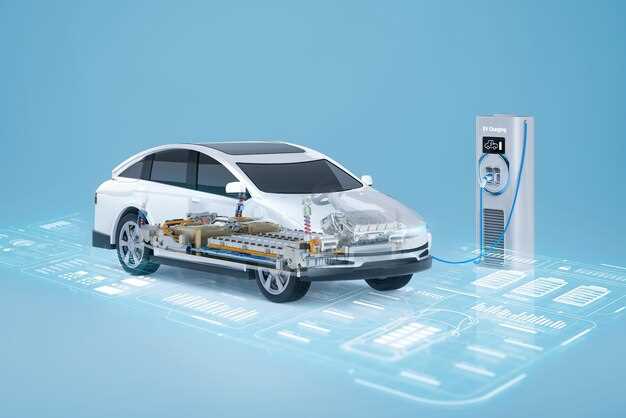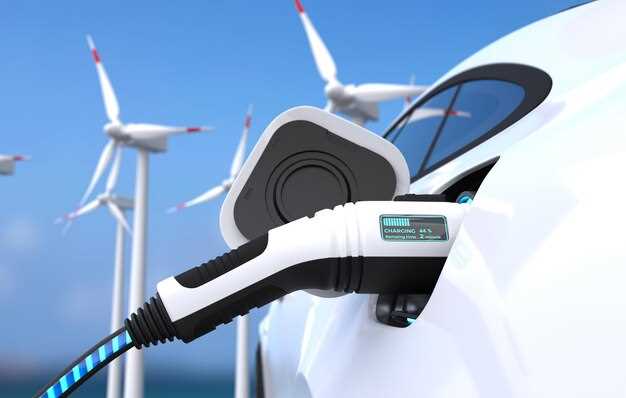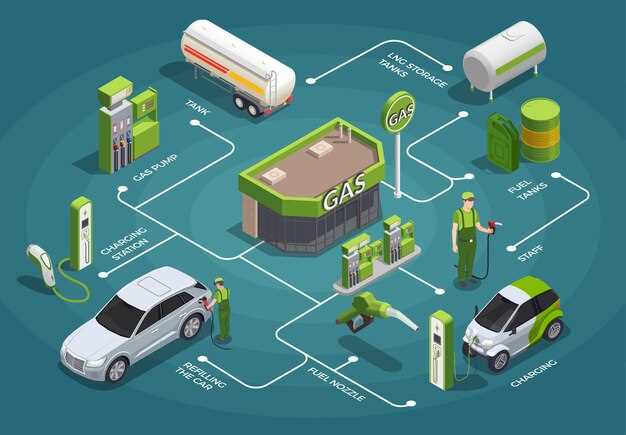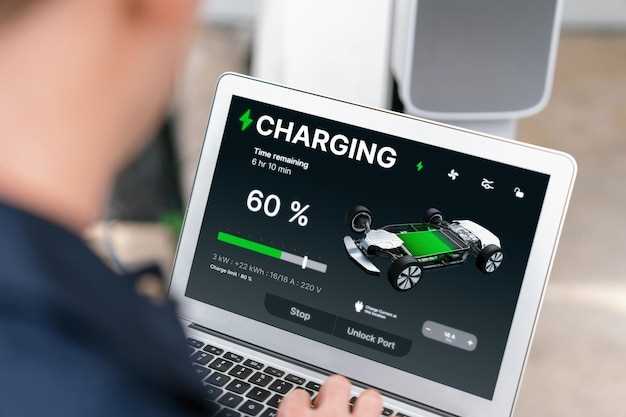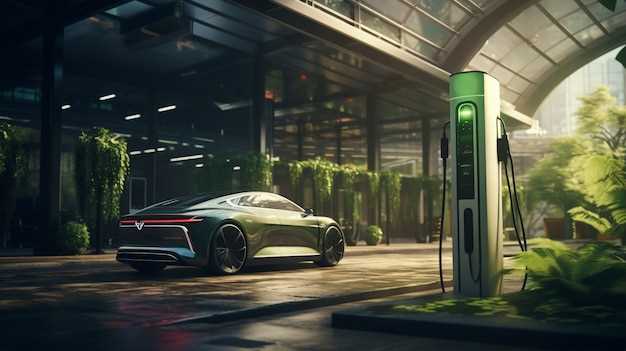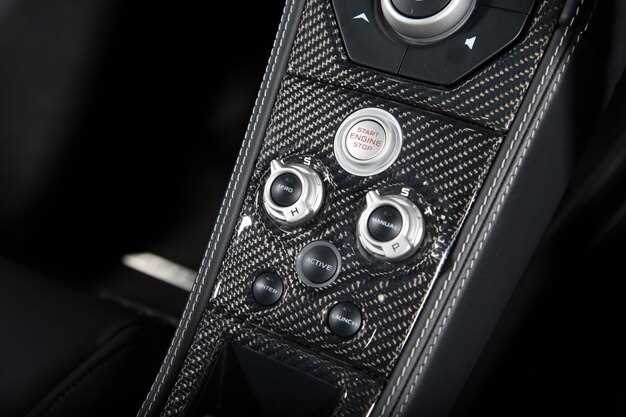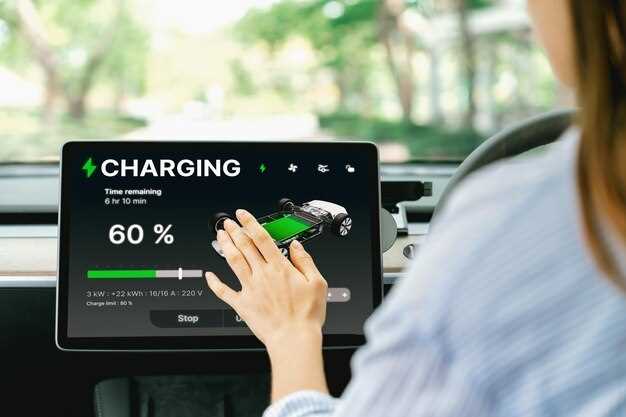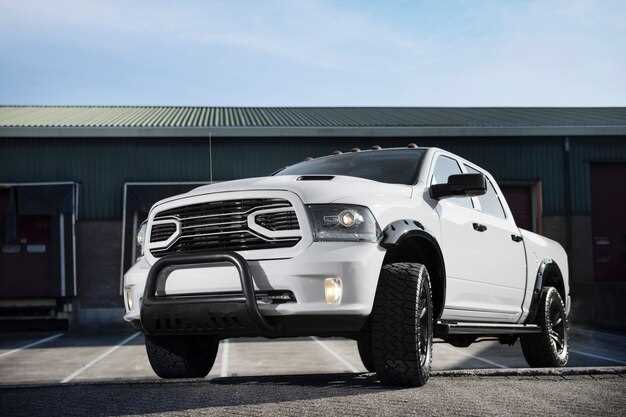
For enthusiasts and collectors alike, the world of auctions presents a thrilling opportunity to acquire rare classic cars. These events are not only a marketplace for exquisite automobiles but also a celebration of automotive history and craftsmanship. The excitement of bidding on a unique piece of automotive heritage draws people from all corners of the globe, creating a vibrant atmosphere filled with passion and anticipation.
In this article, we will delve into some of the best auctions that specialize in rare classic cars. From renowned auction houses to exclusive collector events, these platforms offer a diverse range of vehicles that are sure to captivate any car enthusiast. Whether you are looking to expand your collection or simply admire stunning machines, these auctions provide a unique experience that goes beyond mere transactions.
Join us as we explore the top auctions where rare classic cars come to life, showcasing not only their impressive designs but also the stories behind each automobile. These are the places where dreams of owning a legendary car can become a reality.
Top Online Platforms for Bidding on Rare Vehicles

In the world of classic cars, online auctions have become a popular way for enthusiasts and collectors to acquire rare vehicles. Here are some of the best platforms to consider when looking to bid on classic cars:
Bring a Trailer is a premier auction site that specializes in classic and vintage automobiles. Known for its curated selection, each listing often includes extensive details and high-quality images, ensuring bidders have all the necessary information to make informed decisions. The interactive community aspect allows users to engage, share insights, and discuss various classic cars.
Hemmings has a long-standing reputation in the classic car community. Their online auction platform features a wide variety of classic cars and has an extensive database for research. Hemmings also offers resources such as articles and buyer’s guides, providing additional value for bidders interested in rare vehicles.
eBay Motors continues to be a major player in the online auction scene. With thousands of listings, it offers a vast array of classic cars, from project vehicles to fully restored masterpieces. The auction format allows for competitive bidding, and buyers can often find a unique classic car that suits their taste and budget.
Mecum Auctions is well-known for its live auctions, but their online platform also hosts a range of classic vehicles. Mecum focuses on higher-end classic cars, making it a desirable destination for serious collectors. The platform often features auctions accompanied by detailed vehicle histories, making it easier for bidders to assess the value of the cars.
Gooding & Co. is synonymous with luxury and exclusivity. Their online bidding platforms showcase a selection of the most sought-after classic cars around the world. Each auction is accompanied by professional appraisals, ensuring that bidders are well-informed about the investment they are making in a rare vehicle.
Participating in online auctions for classic cars can be an exhilarating experience. Each platform offers unique features and advantages that cater to different preferences and bidding styles. Whether you are a seasoned collector or a first-time bidder, these online platforms provide ample opportunities to discover and acquire extraordinary classic cars.
Key Factors to Consider When Participating in Classic Car Auctions

Participating in classic car auctions can be an exhilarating experience, especially when dealing with rare vehicles. However, to ensure a successful purchase, several key factors need to be taken into account.
Research the Auction House: Not all auction houses specialize in classic cars. It’s crucial to choose an auction that has a strong reputation for dealing with rare automobiles. Look for reviews, past auction results, and the expertise of the staff to gauge their credibility.
Understand the Market: Knowledge about current market trends for classic cars is essential. Some models appreciate significantly, while others may not. Familiarize yourself with price ranges, especially for the rare cars that interest you, and consider factors like rarity, condition, and provenance.
Inspection of the Cars: Whenever possible, inspect the cars in person before the auction. Look for signs of wear, rust, or any previous modifications that could affect its value. Verify authenticity through available documentation, as this can influence the worth of the car.
Set a Budget: One of the most critical factors is determining your budget ahead of time. Auctions can be competitive, and it’s easy to get caught up in the excitement. Decide on a maximum bid and stick to it, considering additional costs such as auction fees, taxes, and transportation.
Knowledge of Bidding Techniques: Familiarize yourself with different bidding strategies. You can choose to bid early to establish interest or wait until the last minute to secure a car at a lower price. Understanding the dynamics of bidding can give you an edge over other participants.
Post-Auction Considerations: After winning a rare classic car, ensure you understand the logistics of payment and transfer of ownership. Additionally, consider immediate maintenance or restoration needs to preserve the car’s value and condition.
By considering these important factors when participating in classic car auctions, you can enhance your chances of successfully acquiring a valuable vehicle that aligns with your passion for rare classic cars.
Upcoming Auction Events for Sought-After Classic Models
Classic car enthusiasts and collectors alike eagerly anticipate various auction events dedicated to rare vehicles. These auctions provide a unique opportunity to acquire sought-after models that often hold significant value both monetarily and historically. Upcoming auctions are featuring a diverse array of classic cars that appeal to different tastes and budgets.
One notable event scheduled for this year is the RM Sotheby’s Monterey Auction, taking place in August. This auction is renowned for showcasing some of the finest rare cars, including iconic models from brands like Ferrari, Porsche, and Aston Martin. Bidders will have the chance to explore a selection of meticulously restored vehicles, each with a rich pedigree and a story worth telling.
Another exciting event is the Gooding & Co. Pebble Beach Auction, also hosted in August. This prestigious auction often features classic cars that are highly sought after by collectors around the world. From vintage racing cars to elegant pre-war models, this auction promises to deliver rare finds that spark the interest of car lovers.
The Barrett-Jackson Scottsdale Auction, occurring in January, is another significant highlight on the classic car auction calendar. This event attracts a broad audience with its vast selection of classic cars, including collectible muscle cars and unique classic models that are perfect for restoration projects. Participants can expect fierce competition as bidders vie for rare vehicles that are sure to be prized additions to any collection.
In conclusion, avid collectors and classic car aficionados should mark their calendars for these upcoming auction events. They offer an exceptional chance to acquire rare cars that exemplify the beauty and craftsmanship of automotive history. Whether you are looking to expand your collection or simply appreciate the allure of classic cars, these auctions will undoubtedly deliver exciting opportunities.






